Ask AI on The Internet
Question: Assess the strengths and weaknesses of the evidence that the author gives in Document 1 to support the claims made about child labor and make it sound human Child labor is an urgent global issue. According to the Switzerland-based International Labour Organization (ILO), there are currently more than 215 million child workers worldwide, 14 million of them in Latin America. They work in agricultural fields, city markets and mines. More than 150 nations have adopted the ILO’s rules, establishing legal minimum working ages and promising to abolish the “worst forms” of child labor. However, Bolivia, Latin America’s poorest nation, still has the highest rate of child labor on the continent. Victor Chipani started working when he was 10 years old. For a few hours each day, he rounded up passengers to fill public minibuses in the impoverished city of El Alto, Bolivia. Now at 15, he does the job from 7am to 7pm, earning less than a dollar an hour. His tiny wage helps feed his eight siblings and pay for his night school. He hopes to attend medical school. Chipani doesn’t want anyone’s pity. He is part of a movement spreading across Latin America, where more than 100,000 children have organized unions to defend their right to work. They are demanding government protection and improved job conditions. He says: “United, we as child workers can achieve anything.” Noemí Gutiérrez, a 17-year-old leader of Bolivia’s union UNATSBO, which represents 15,000 children, says: “We’d all like a world where kids don’t have to work, but our current economic situation means we work illegally to help our families, and our rights ought to be protected.” In Bolivia, there are as many as a million child workers. They spend a few hours a day tending crops, shining shoes, wheeling loads through markets or assisting in carpentry shops. Most also attend school. However, although most are not frightened and abused, UNATSBO and its partner unions say there’s a problem. Hundreds of millions of children worldwide are working without legal protection. This makes them the world’s most vulnerable labor force. Someone, they insist, has to stand up for them. 16-year-old UNATSBO president José Guillermo Mamani says: “People pay us less because we are young. We are discriminated against, and no one is held accountable.” However, governments like Bolivia’s argue against regulating child labor, because regulation would essentially mean making child labor legal. Mabel Duran, Head of the Office for Child Labor Eradication, says: “We are not going to go in that direction. We are honoring our international commitments.” She adds that the government will continue to follow the ILO’s rules and not lower the working age. Therefore, unions like UNATSBO say they have to do what the government should do but won’t – protect child workers. The first child labor union was founded in Peru in the 1970s. Today these unions are present in eight Latin American countries. They receive financial support from non-governmental organizations (NGOs), often with adult social workers as advisers. All these unions require their members to stay in school. They set up projects to improve working conditions. In Ecuador, the union has organized cooperatives that provide better-paying jobs for children. Venezuela’s union has made agreements with buyers to pay fair prices for agricultural products farmed by children. In Bolivia, newspaper boys even held a strike to increase their pay. So, being realistic, while we cannot end child labor, we can and should protect children in work.
**Strengths of the Evidence in Document 1:** 1. **Statistical Evidence**: The author provides concrete statistics from the International Labour Organization (ILO), asserting that more than 215 million children are involved in child labor worldwide, with 14 million in Latin America. This offers a compelling quantifiable basis to highlight the extent of the problem. 2. **Case Study Example**: The narrative of Victor Chipani provides a human face to the issue. By sharing his personal story and aspirations, the author effectively evokes empathy and illustrates the daily realities and motivations behind child labor. 3. **Perspective from Child Workers**: Including direct quotes from child workers and union leaders like Victor Chipani, Noemí Gutiérrez, and José Guillermo Mamani lends authenticity and credibility. These voices underscore the children's agency and their demands for better conditions and legal protection. 4. **Historical Context**: The author offers historical insight into the origins and progress of child labor unions in Latin America, tracing back to the 1970s in Peru. This demonstrates a long-standing, organized effort to address the issue, indicating its deep roots and the ongoing struggle for reform. 5. **Initiatives by Child Labor Unions**: The mention of specific initiatives by unions, such as the formation of cooperatives in Ecuador and fair price agreements in Venezuela, illustrates proactive steps taken to improve conditions, adding depth to the unions' efforts. 6. **Countering Government Perspective**: The inclusion of a counterargument from the Bolivian government's perspective, presented by Mabel Duran, provides a balanced view of the issue. It acknowledges the complexity and the government's stance on adhering to international commitments. **Weaknesses of the Evidence in Document 1:** 1. **Limited Geographic Scope**: While the document mentions global and Latin American statistics, the specific examples and narratives are primarily focused on Bolivia. This could narrow the reader's understanding of the issue's global breadth. 2. **Lack of Diverse Perspectives**: The document heavily relies on the perspective of child workers and unions. While these are essential voices, providing insights from other stakeholders—such as employers, educators, or parents—could enrich the narrative and offer a more comprehensive view of the social and economic factors influencing child labor. 3. **Potential Bias**: The emphasis on the positive aspects of child labor unions and their initiatives may introduce some bias, potentially downplaying the harsh realities and traumatic experiences that many child workers face in more severe circumstances. 4. **Absence of Broader Context**: The document does not explore underlying causes of child labor, such as poverty, lack of educational opportunities, or economic systems. This omission can limit the reader's understanding of root causes and potential broader solutions. 5. **Emotional Appeal**: The personal stories and quotes are powerful but might be perceived as anecdotal rather than systematically representative. More data or studies showing trends and outcomes for child workers in unions could bolster the argument. 6. **Insufficient Data on Union Impact**: While the document describes the efforts and initiatives of child labor unions, it does not provide detailed evidence or studies on their long-term impact, effectiveness, and sustainability. By incorporating robust social science research and a wider array of perspectives, the document could present an even more compelling and comprehensive account of the complex issue of child labor.
Think your answer is better than the AI's? Post it below.
Question Tags
If you want your question answered by an AI, click here.
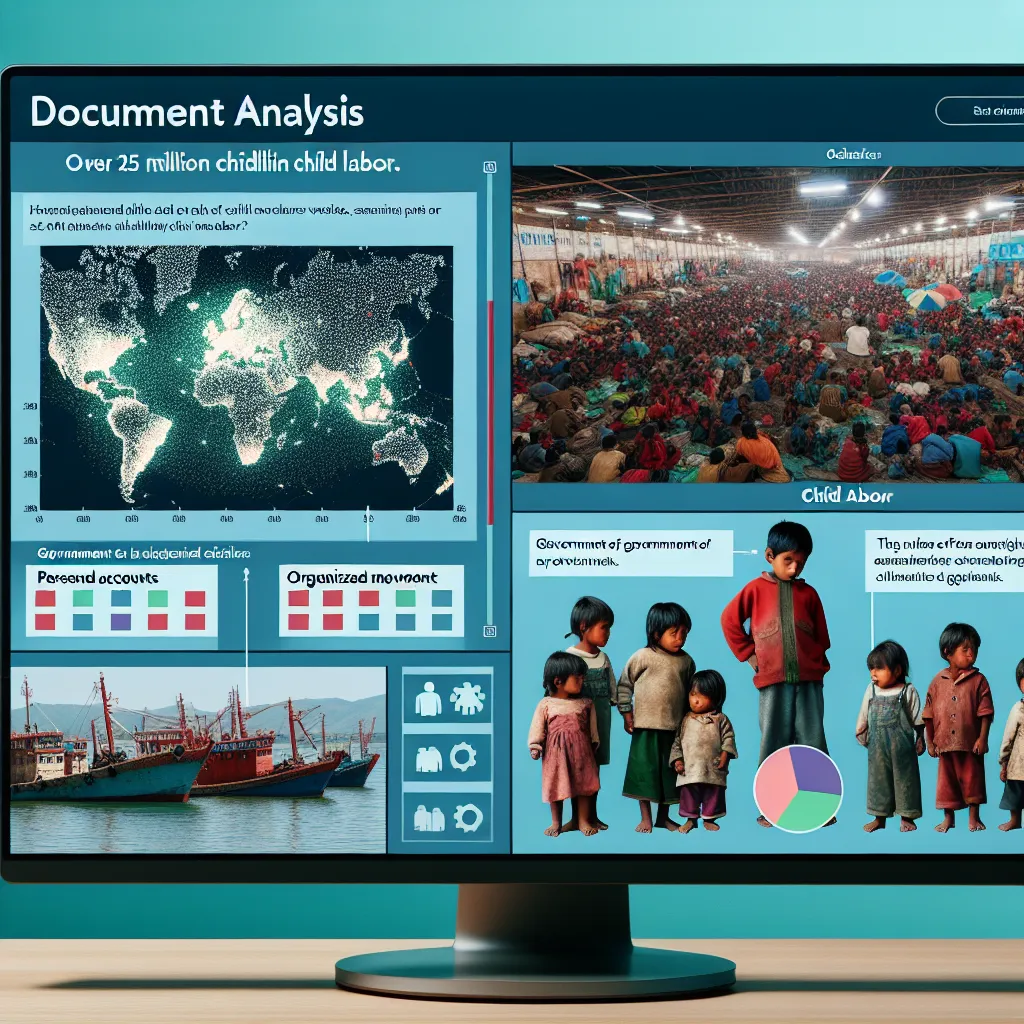
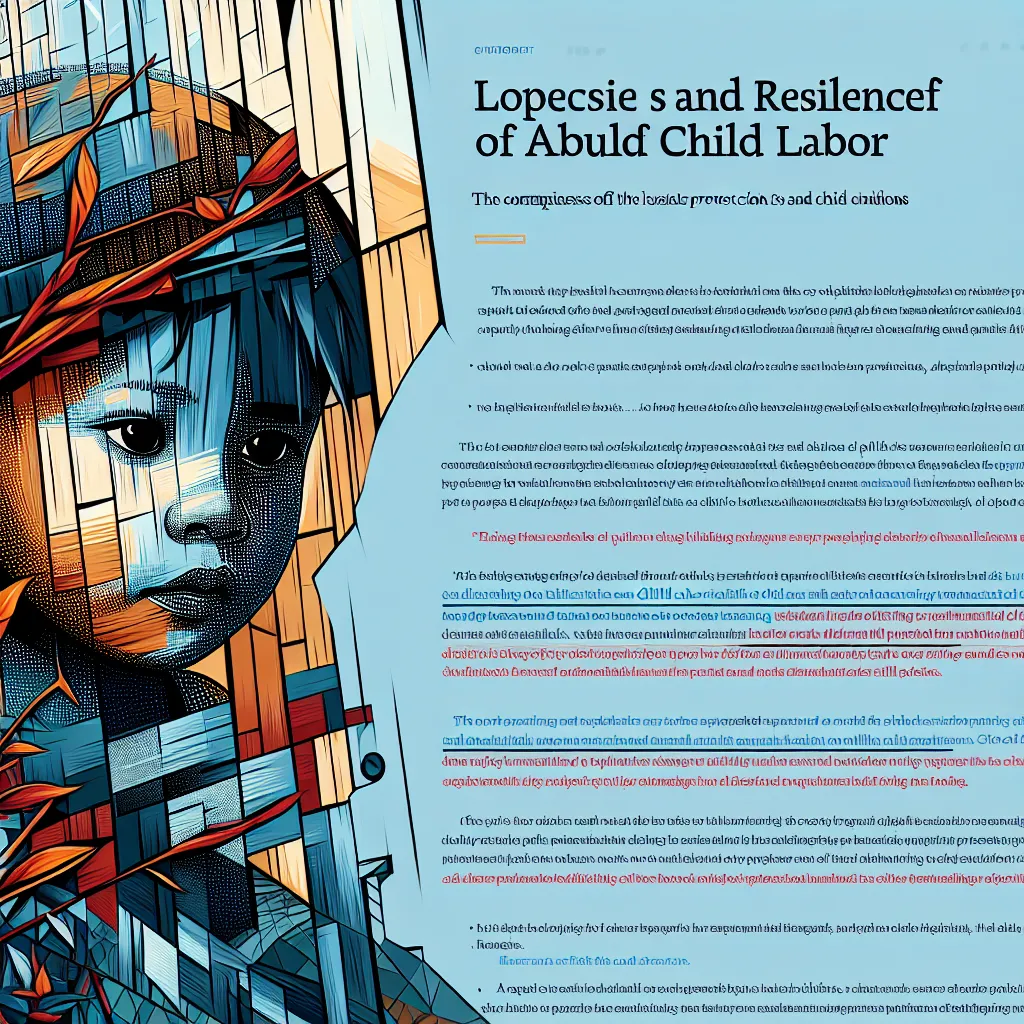
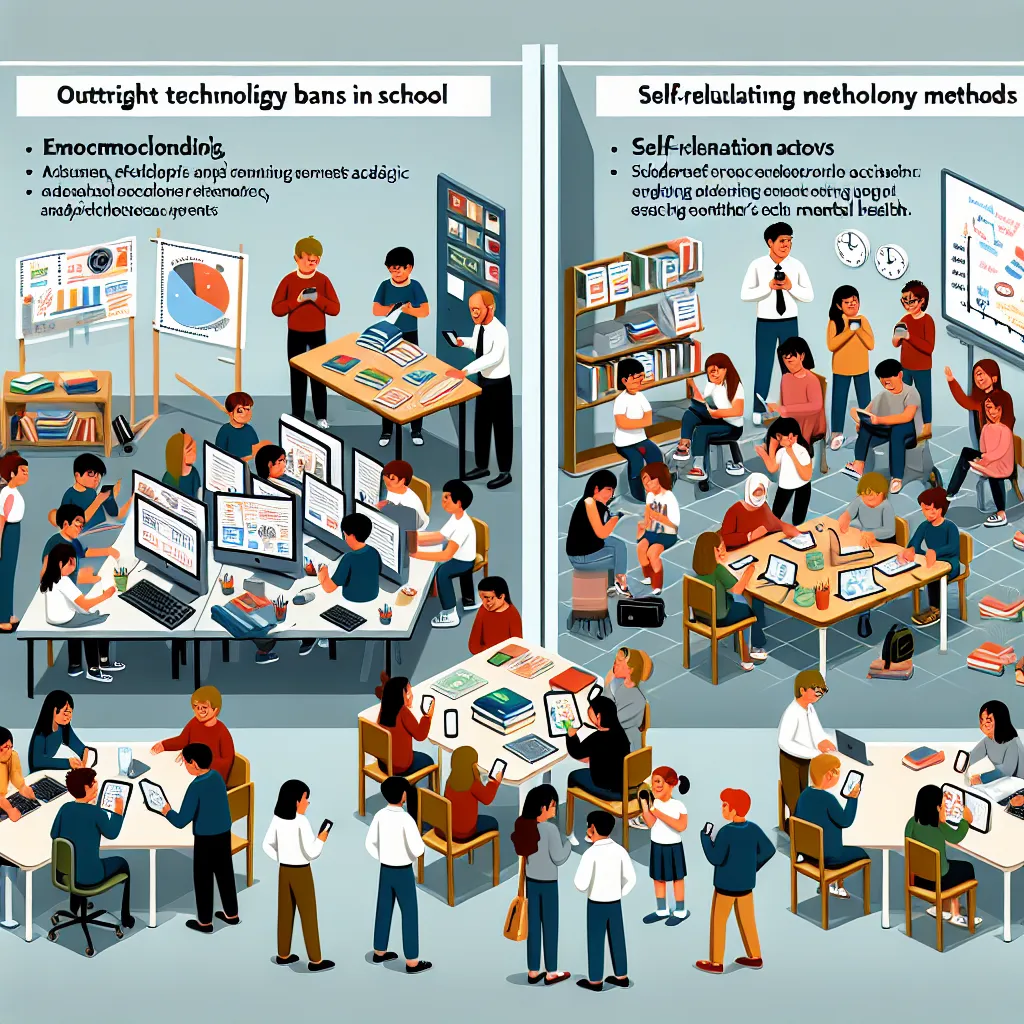
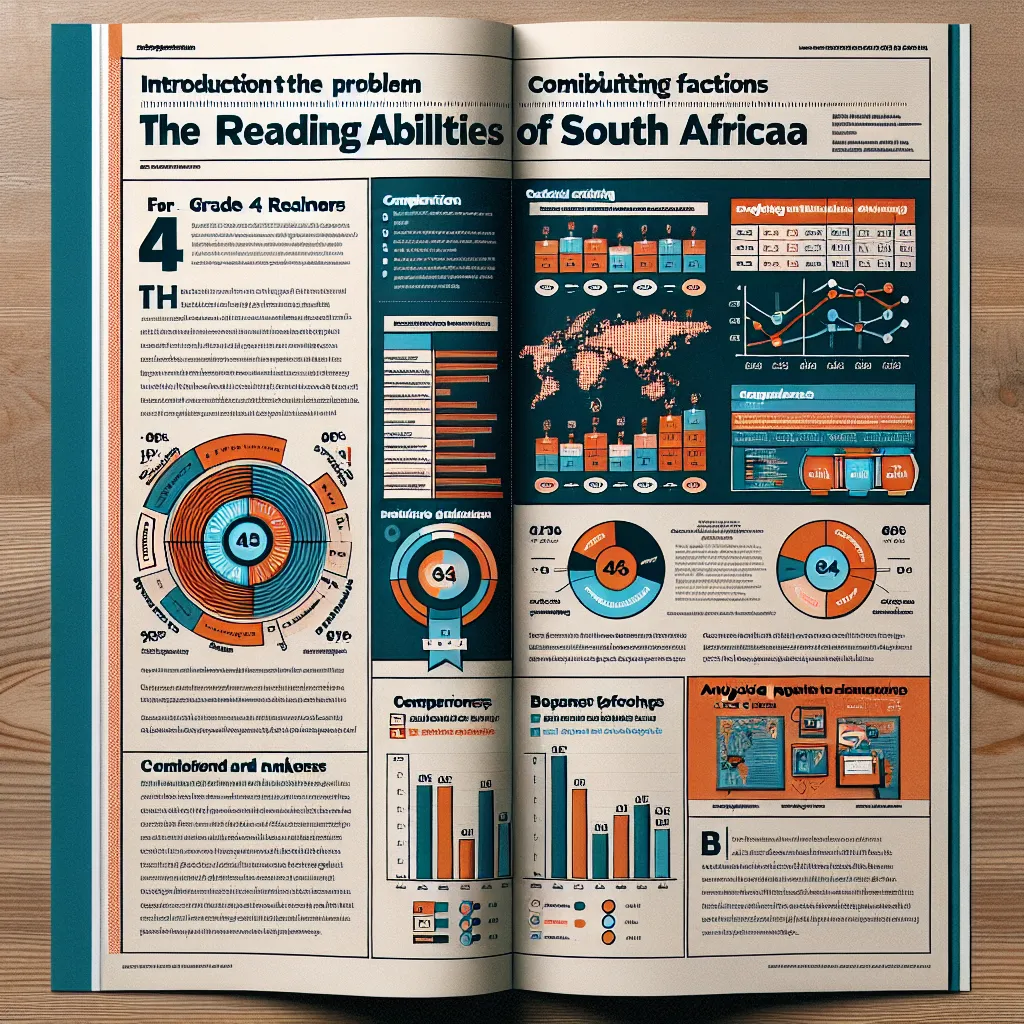
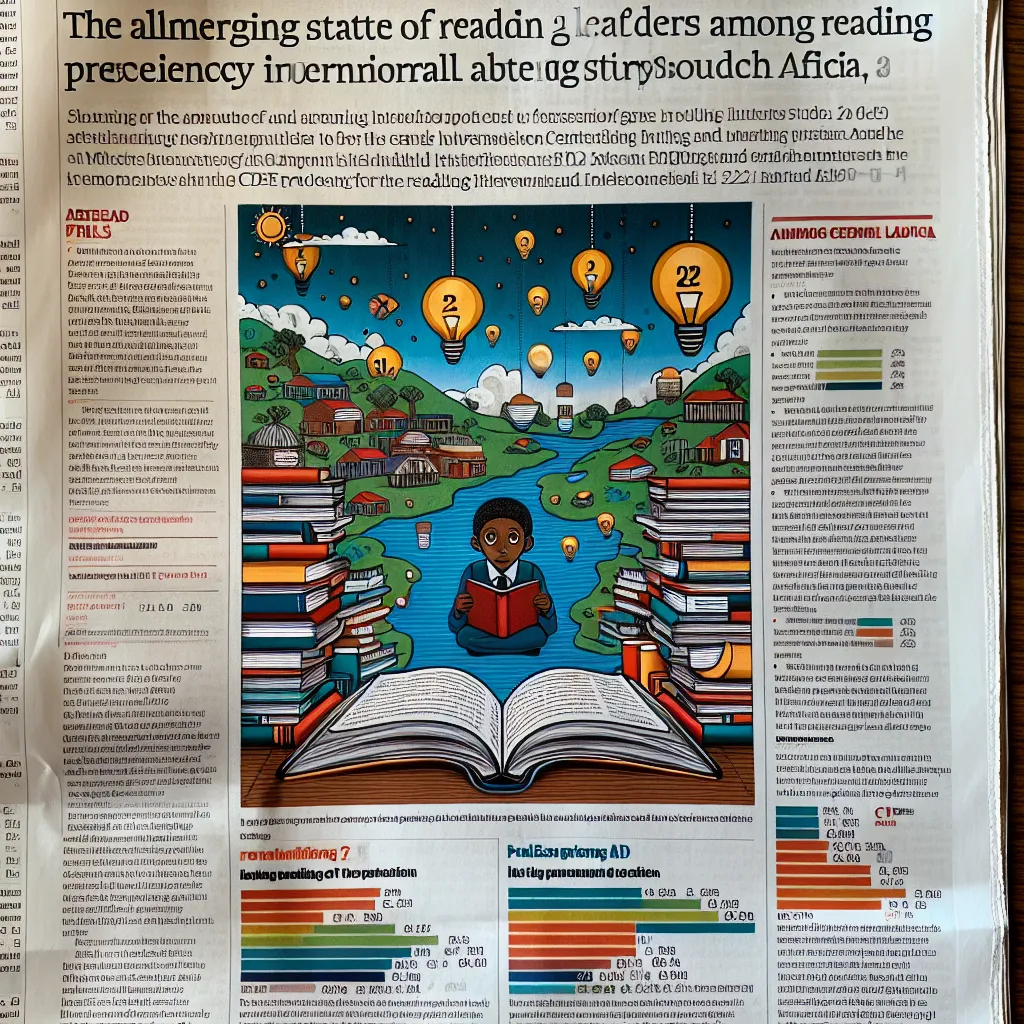
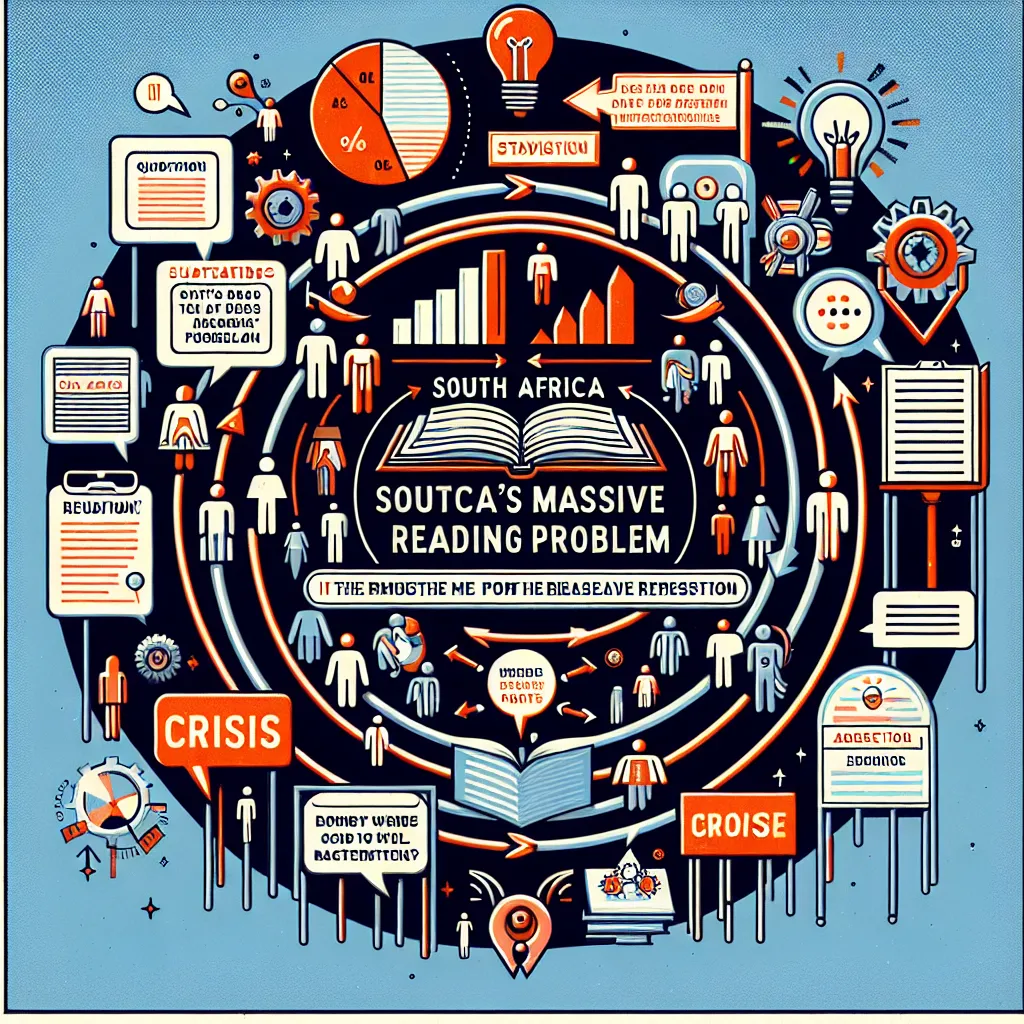

Post your own comment: